When you think of American rivers, you might picture serene waters winding through lush landscapes. But beneath their beauty, many of these rivers are in serious trouble. Pollution is slowly choking them, threatening the wildlife that depends on them and the communities nearby. It’s a crisis that deserves your attention, not just because of the environmental impact but because these rivers are an essential part of the nation’s heritage. Let’s take a look at 13 American rivers that are slowly dying from pollution.
1. Mississippi River
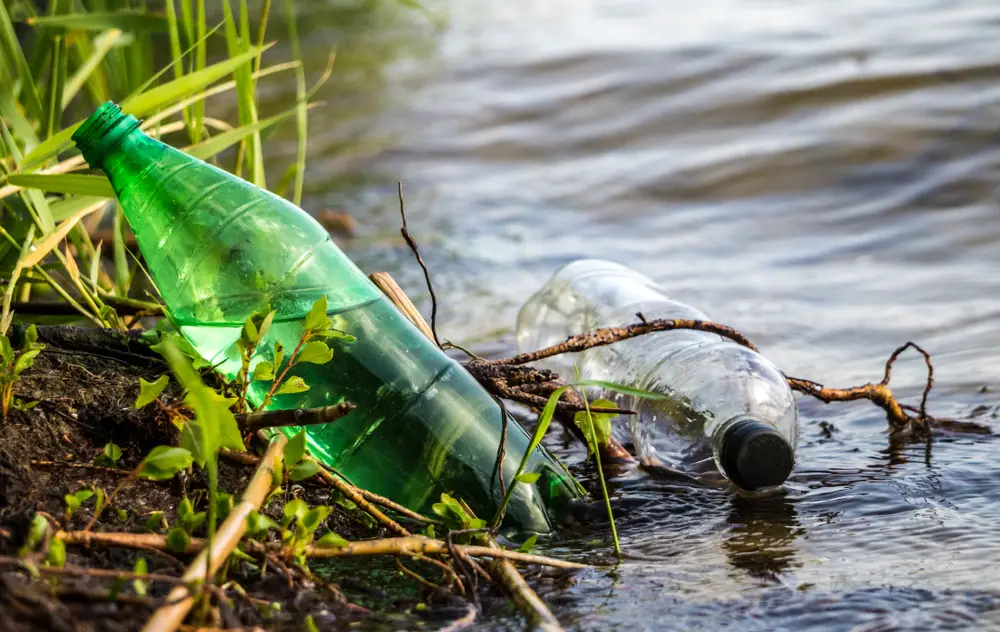
The Mississippi River is one of the most famous waterways in the world, but it faces a significant pollution problem. Agricultural runoff, which includes fertilizers and pesticides, is a major contributor. These pollutants create dead zones where aquatic life struggles to survive. According to the National Oceanic and Atmospheric Administration, such dead zones are growing, making it increasingly hard for fish and other organisms to thrive. The river’s health is critical not only for the environment but also for the millions of people who rely on it for water and recreation.
This mighty river is central to commerce and transportation, yet it’s under constant threat from industrial waste. Factories and refineries lining its banks discharge pollutants that further degrade water quality. This affects everything from the local wildlife to the health of nearby communities. Efforts to regulate and clean up these pollutants have been ongoing, but the scale of the issue makes it a daunting task. It’s a river that truly needs your awareness and action to safeguard its future.
2. Ohio River
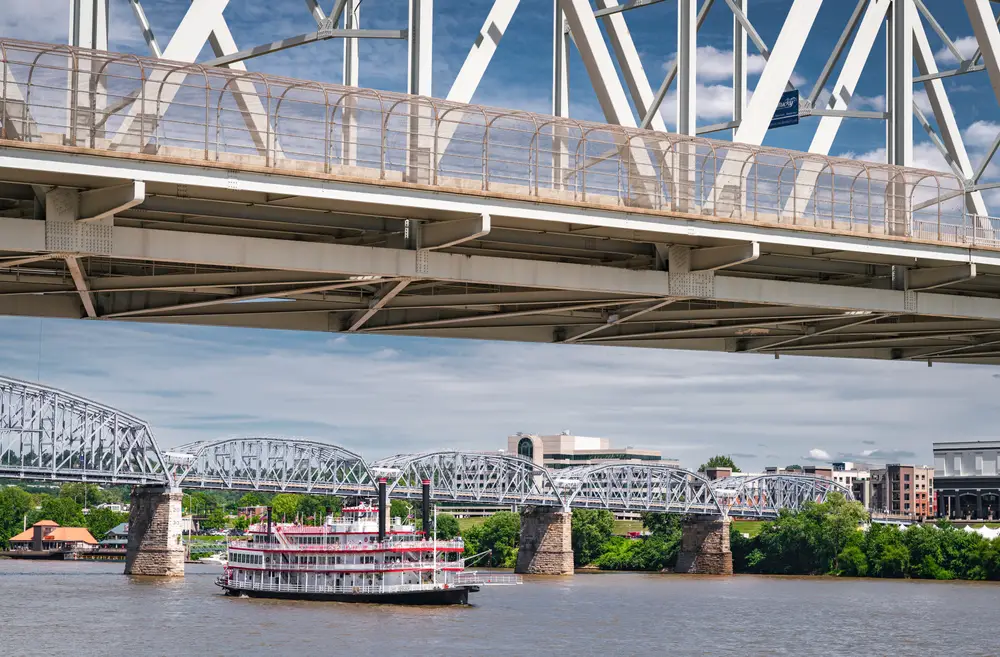
The Ohio River is another critical waterway that’s facing severe pollution challenges. This river serves as a drinking water source for over five million residents, which makes its contamination particularly alarming. Industrial discharge and sewage overflows contribute heavily to its poor water quality. As a result, the river often fails to meet safe water standards, putting both human health and aquatic life at risk. Despite these issues, it’s also a place of recreation, which only underscores the importance of addressing its pollution problems.
Efforts to clean up the Ohio River have been ongoing, but the task is far from easy. Multiple states share responsibility for this river, complicating initiatives to tackle its pollution. The complexity of the problem requires coordinated efforts across state lines, which can be a bureaucratic challenge. Community involvement and stricter regulations are essential to make any significant progress. The Ohio River may not yet be on the brink, but without action, its future doesn’t look promising.
3. Colorado River
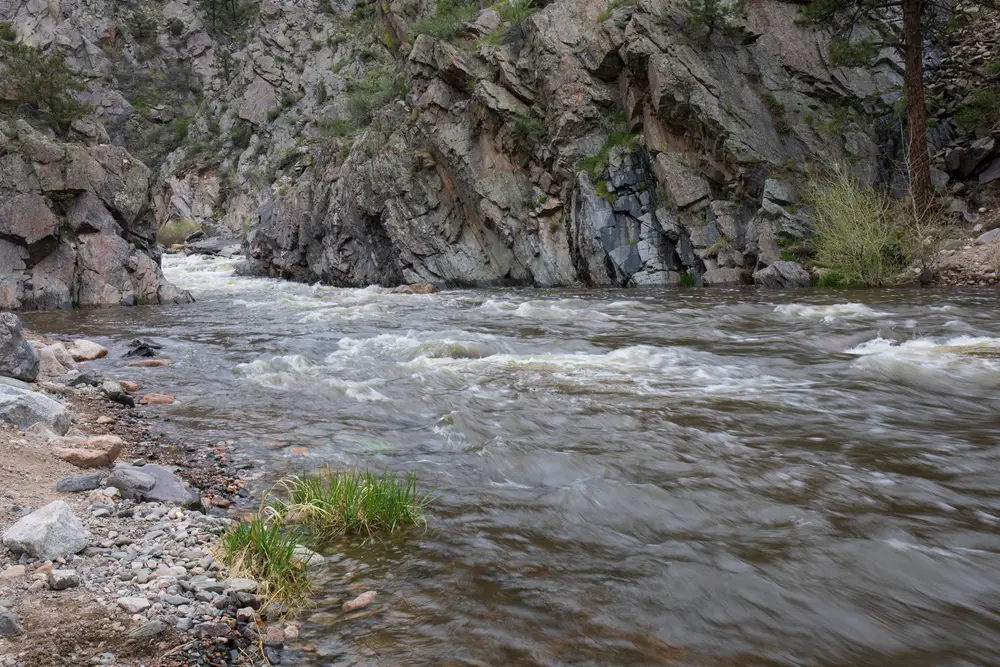
The Colorado River is vital for seven U.S. states, but it’s running into trouble with pollution and overuse. Urbanization and agricultural runoff contribute to poor water quality, affecting the river’s ecosystem. According to a study published by the University of California, Los Angeles, pollutants such as nitrates and phosphates have been increasing. These substances not only harm aquatic life but also make the water unsafe for human consumption. The river is a critical resource for millions of people, so its degradation is a significant concern.
The Colorado River is also experiencing issues related to climate change, which complicates the pollution problem. Lower water levels mean that pollutants become more concentrated, further exacerbating their impact. As water demand continues to rise, especially in arid regions, the stress on this river is immense. Addressing pollution while managing water resources sustainably is crucial for its survival. You can be part of the solution by supporting conservation efforts aimed at protecting this essential waterway.
4. Delaware River
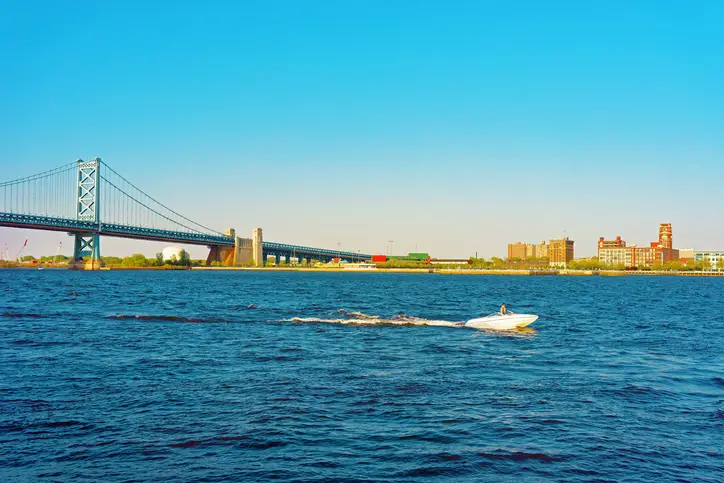
The Delaware River is a lifeline for millions of people, yet it faces persistent pollution issues. Urban runoff and industrial waste are major contributors to its deteriorating quality. These pollutants impact not only the river’s ecosystem but also the health of nearby residents. Drinking water contamination is a serious concern that affects communities relying on the river. It’s a classic case of human activity threatening a vital natural resource we all depend on.
Despite this, efforts to clean up the Delaware River have shown some promise. Initiatives that focus on reducing stormwater runoff and improving wastewater treatment are steps in the right direction. Community involvement is also making a difference, as local groups advocate for stronger regulations and cleanup efforts. Still, the river’s health remains precarious, and continued attention is essential. The Delaware River might not be in the headlines, but its pollution problem is no less pressing.
5. Hudson River
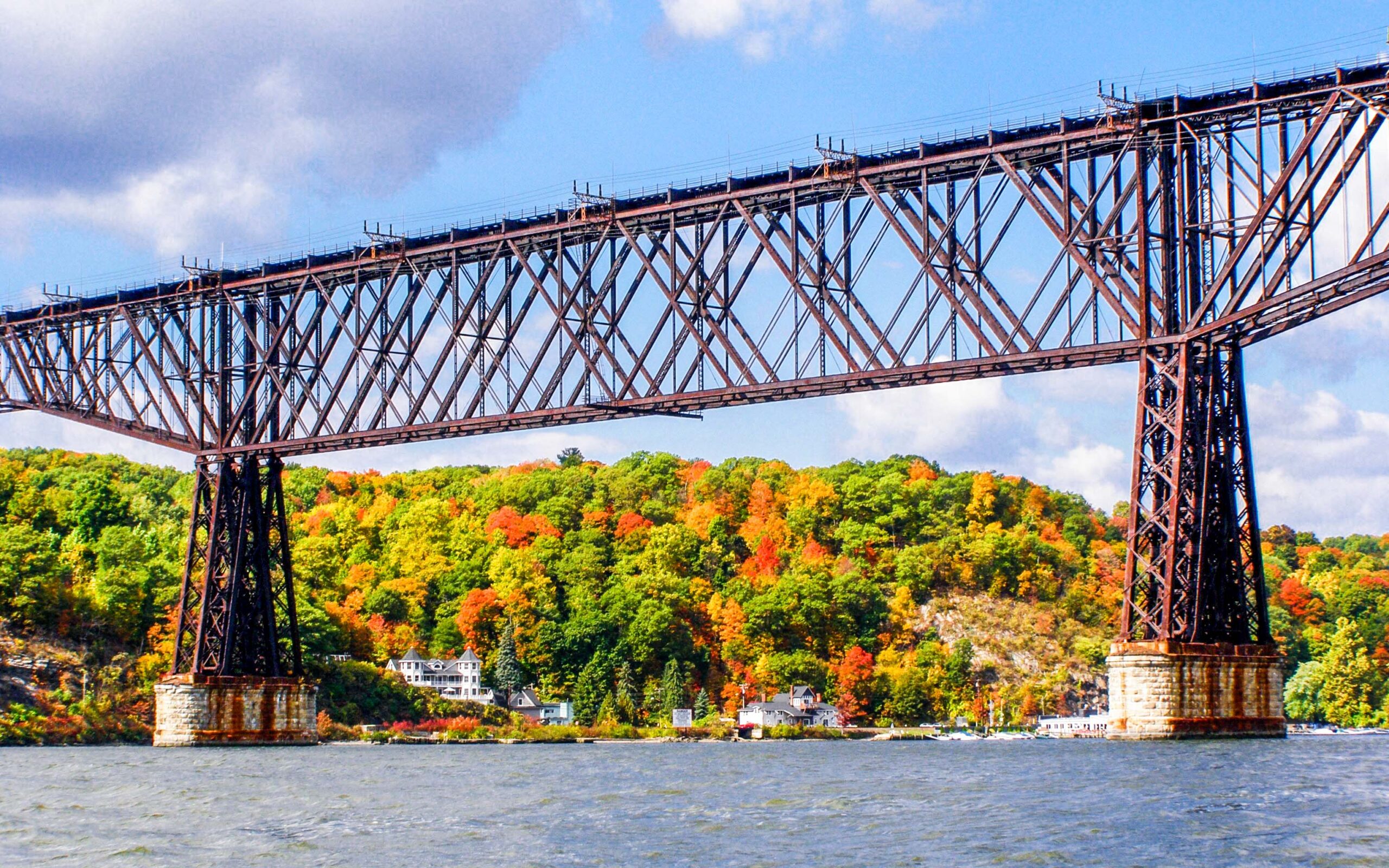
The Hudson River is an iconic symbol of New York, but it’s battling against significant pollution. Decades of industrial activity have left a legacy of contaminants, including PCBs, in its waters. According to the Environmental Protection Agency, these toxic chemicals continue to pose serious risks to both wildlife and people. While dredging efforts have removed some pollutants, much remains to be done. The river’s story is a cautionary tale of how industrial progress can come at a steep environmental cost.
Despite its challenges, the Hudson River is showing signs of recovery. Cleaner practices and regulations have led to improvements, but reversing decades of damage is a slow process. Community efforts are also playing a crucial role in advocating for the river’s health. Public awareness and involvement are vital to maintaining the momentum of these cleanup efforts. The Hudson River has a long way to go, but with continued attention, it can be a success story in the making.
6. Potomac River
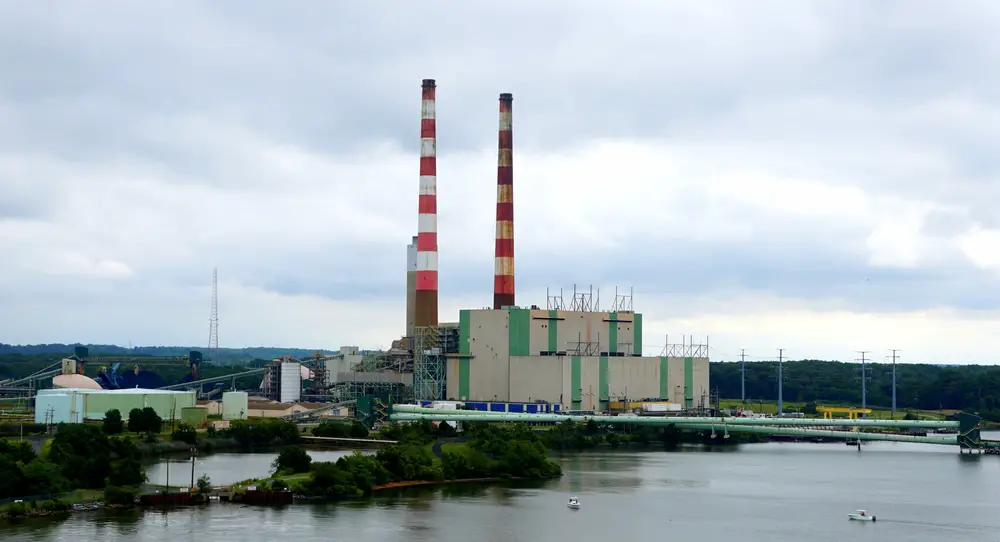
The Potomac River flows through the heart of the nation’s capital, yet it’s often overlooked in discussions about pollution. Urban runoff and agricultural practices contribute to its poor water quality. This pollution threatens not only fish and wildlife but also the millions of people who rely on the river for recreation and drinking water. It’s a pressing issue that requires immediate attention and action to protect this vital resource. The Potomac is a key part of the region’s landscape and deserves better stewardship.
Efforts to clean up the Potomac River are underway, but progress is slow. Federal and state governments have implemented regulations to curb pollution, but challenges remain. Public participation and advocacy are crucial components in pushing for stronger enforcement and better practices. In the meantime, the river’s condition remains a concern for those who depend on it. By supporting initiatives aimed at improving the Potomac’s health, you can help ensure its future.
7. Missouri River
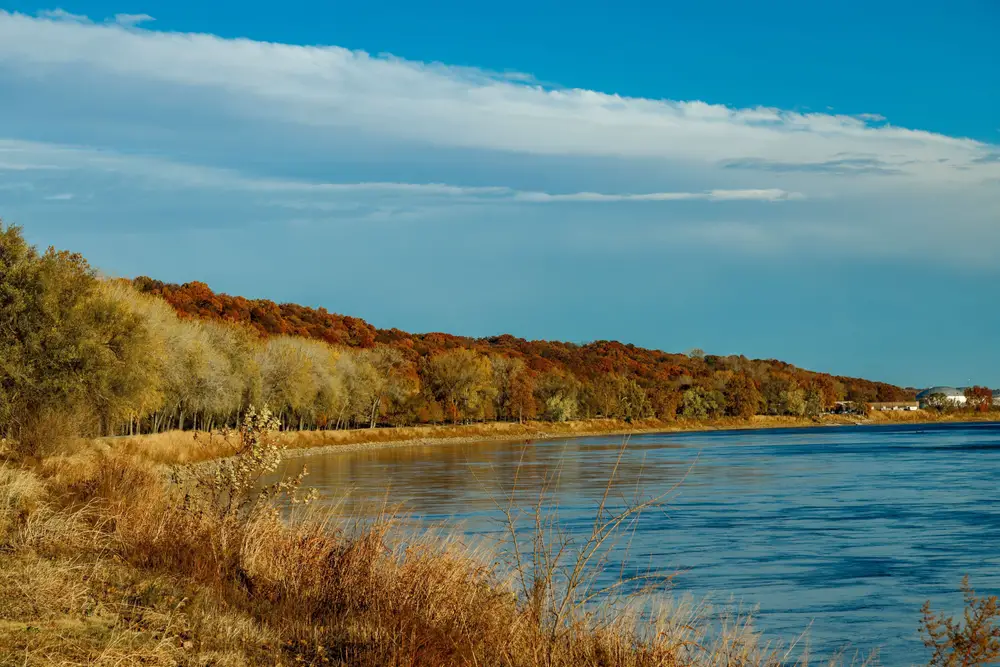
The Missouri River, the longest river in North America, is battling pollution from multiple sources. Agricultural runoff, containing fertilizers and pesticides, is a major contributor to its declining health. A study conducted by the U.S. Geological Survey highlights the increasing levels of nitrogen and phosphorus as particular concerns. These pollutants affect the river’s ecosystem and the communities relying on it for water and recreation. The Missouri River is a critical resource, and its pollution is a problem that needs immediate attention.
Efforts to manage and reduce pollution in the Missouri River face numerous hurdles. The vast area it covers means that multiple states must collaborate, making coordinated action challenging. Public awareness and community initiatives are essential for pushing forward cleanup efforts. The river’s health is crucial for agriculture, industry, and recreation, making it an issue of both environmental and economic importance. By becoming informed and involved, you can play a role in protecting this essential waterway.
8. Tennessee River
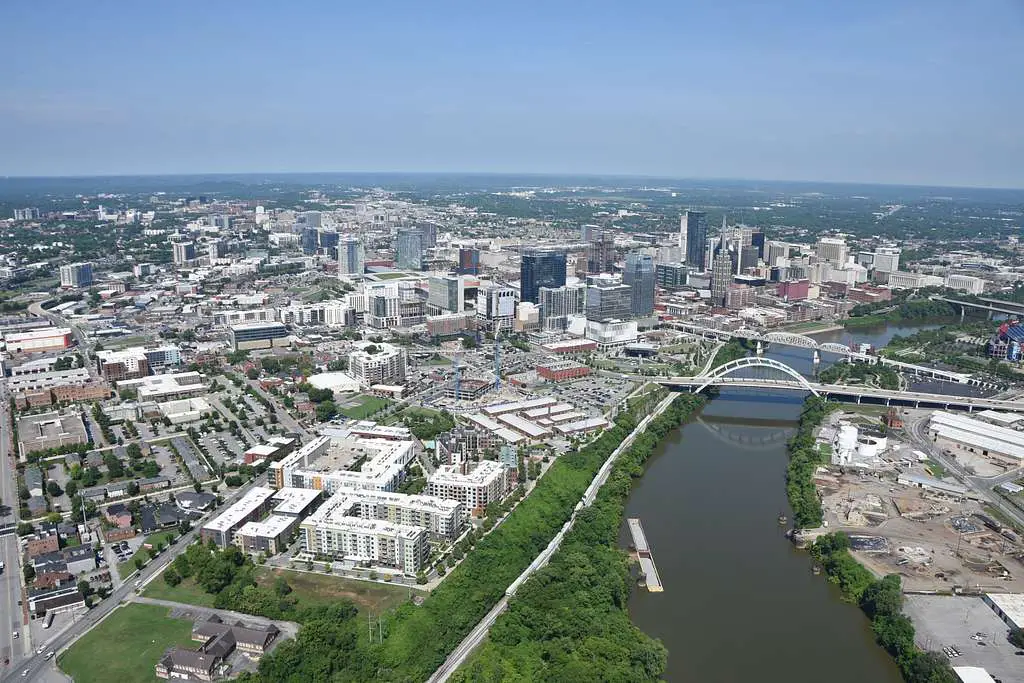
The Tennessee River is a beautiful and essential waterway facing the challenges of pollution. Industrial discharge and agricultural runoff contribute to its poor water quality. These pollutants not only harm aquatic life but also pose risks to human health. The river is an integral part of the region’s ecosystem and economy, serving as a water source and a center for recreation. Its pollution is a pressing concern that requires both local and regional efforts to address.
Efforts to improve the Tennessee River’s health are ongoing, but they face significant challenges. Regulations aimed at reducing pollution levels have been implemented, but enforcement is often lacking. Public engagement and advocacy are crucial to driving meaningful change and safeguarding the river’s future. Protective measures such as better agricultural practices and stricter industrial regulations can make a difference. The Tennessee River is a valuable resource, and protecting it should be a priority for everyone involved.
9. Rio Grande

The Rio Grande is a vital water source for both the U.S. and Mexico, but it’s struggling with severe pollution. Industrial waste and agricultural runoff are significant contributors to its poor condition. These pollutants affect the river’s ecosystem and the millions of people who rely on it for water and agriculture. The Rio Grande’s pollution problem is compounded by water scarcity, making it a critical issue for the region. Addressing these challenges requires coordinated efforts from both countries.
Despite the difficulties, positive steps are being taken to improve the Rio Grande’s health. Cross-border collaboration and new regulations aim to reduce pollution levels and restore the river’s ecosystem. Public involvement and community initiatives also play a crucial role in advocating for the river’s future. While progress is slow, the shared goal of a healthier Rio Grande is a motivating force. This river’s importance cannot be overstated, and it deserves your attention and support.
10. Susquehanna River
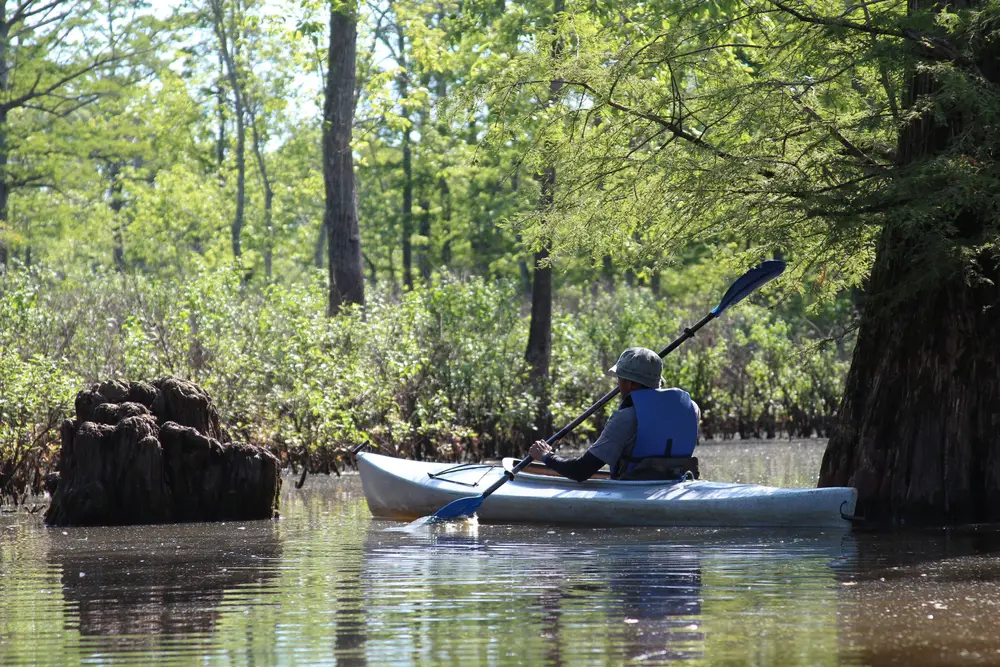
The Susquehanna River is an essential waterway facing the challenges of pollution and environmental degradation. Agricultural runoff is a significant contributor to its poor water quality, affecting both aquatic life and human health. The river is a crucial resource for millions, providing drinking water and recreational opportunities. Its pollution is a pressing issue that requires immediate attention and action. The Susquehanna’s condition is a reminder of the impact human activity can have on our natural resources.
Efforts to restore the Susquehanna River’s health are ongoing, but they face numerous obstacles. Coordination among multiple states is necessary to address the river’s pollution effectively. Public awareness and involvement are crucial components of successful cleanup initiatives. Community action and advocacy can help push for stronger regulations and better practices. The Susquehanna River is a vital part of the region’s ecosystem and economy, and protecting it is essential for the future.
11. Chattahoochee River

The Chattahoochee River is a crucial resource for Georgia, but it’s also facing significant pollution challenges. Urban runoff and industrial waste are major contributors to its poor water quality. These pollutants threaten the river’s ecosystem and the millions of people who rely on it for drinking water and recreation. The Chattahoochee’s pollution problem is a pressing concern that requires immediate action and attention. It’s a reminder that even iconic rivers are not immune to the impact of human activity.
Efforts to clean up the Chattahoochee River have shown promise, but challenges remain. State and federal regulations aim to reduce pollution levels, but enforcement is often inconsistent. Public engagement and advocacy are critical components in driving meaningful change and safeguarding the river’s future. Community initiatives and protective measures can make a difference in improving the river’s health. The Chattahoochee River is a valuable resource, and protecting it should be a priority for everyone involved.
12. Columbia River

The Columbia River is a vital waterway for the Pacific Northwest, but it’s struggling with pollution issues. Industrial discharge and agricultural runoff are significant contributors to its poor condition. These pollutants affect the river’s ecosystem and the communities that rely on it for water and recreation. The Columbia River’s pollution problem is compounded by water scarcity and climate change, making it a critical issue for the region. Addressing these challenges requires coordinated efforts and public involvement.
Despite the difficulties, positive steps are being taken to improve the Columbia River’s health. State and federal regulations aim to reduce pollution levels and restore the river’s ecosystem. Public engagement and community initiatives also play a crucial role in advocating for the river’s future. While progress is slow, the shared goal of a healthier Columbia River is a motivating force. This river’s importance cannot be overstated, and it deserves your attention and support.
13. Arkansas River
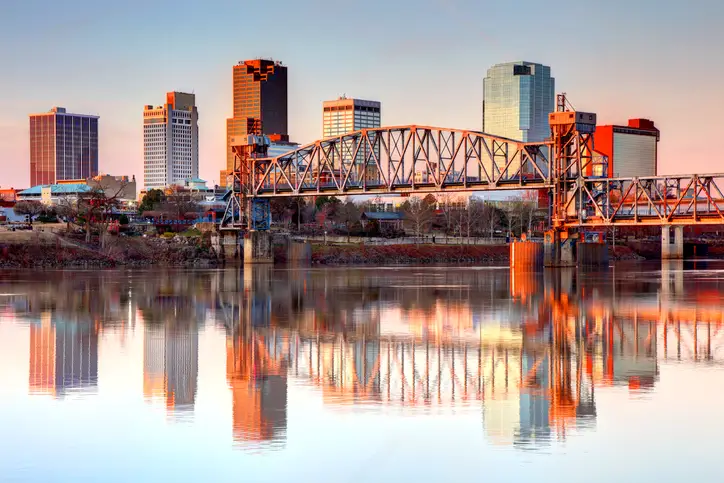
The Arkansas River is a vital resource for several states, but it’s grappling with pollution from various sources. Agricultural runoff and industrial waste are major contributors to its declining health. These pollutants not only harm aquatic life but also pose risks to human health. The river is an integral part of the region’s ecosystem and economy, serving as a water source and a center for recreation. Its pollution is a pressing concern that requires both local and regional efforts to address.
Efforts to improve the Arkansas River’s health are ongoing, but they face significant challenges. Regulations aimed at reducing pollution levels have been implemented, but enforcement is often lacking. Public engagement and advocacy are crucial to driving meaningful change and safeguarding the river’s future. Protective measures such as better agricultural practices and stricter industrial regulations can make a difference. The Arkansas River is a valuable resource, and protecting it should be a priority for everyone involved.
